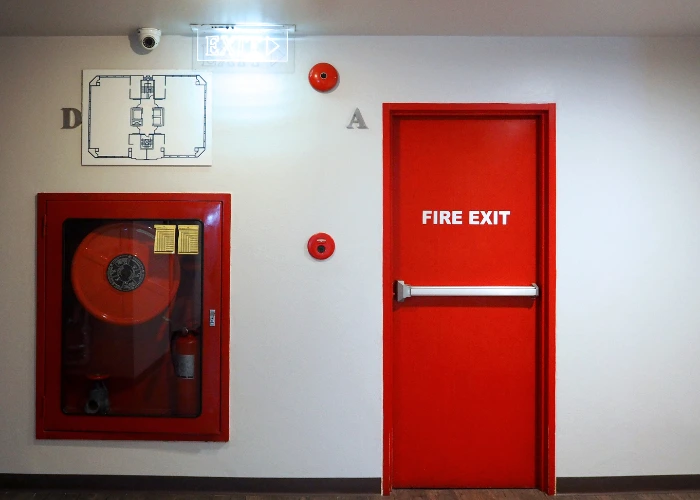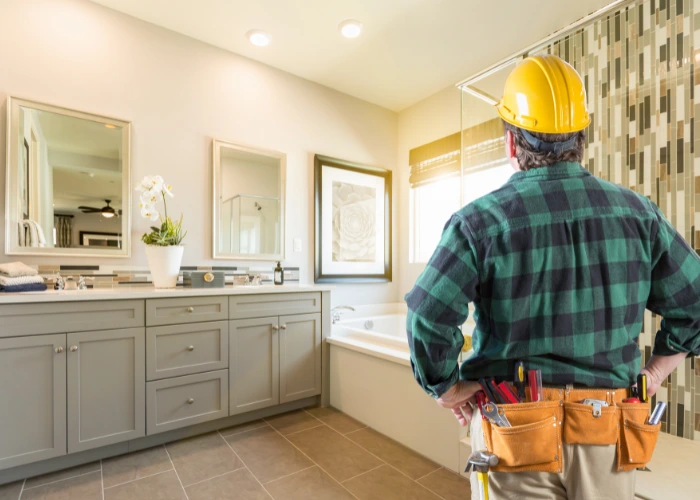
Renovating an old building to meet ADA standards is fast becoming a thing these days. The ADA was passed in 1990 and older buildings that have been constructed before these laws were in place can be renovated to meet up to modern standards. Doing this doesn’t only ensure that you comply with legal requirements, it also shows that you’re committed to creating an accessible environment for everyone.
This article will discuss more on what you need to know about renovating old buildings to meet ADA standards. Continue reading to learn more:

According to the ADA, there are certain requirements a building must meet before it can be considered accessible. These requirements could include door widths, signage and restrooms. For instance, the width of doorways should be at least 32 inches wide to allow wheelchair users to pass through comfortably.
Most older buildings lack these features because they were constructed before the ADA was passed. This is why renovations are needed in key areas like entrances, restrooms and hallways.
Before renovating an older building, first assess the current condition of the building. Look out for key features like the entrances, and hallways that may or may not have been built to meet ADA standards. Having an understanding of the current situation helps you create a detailed renovation plan.
When making renovations, it’s important to consider areas with the most foot traffic. You should consider upgrading entrances first before renovating the restroom. In the same way, the sink in the restroom should be prioritized to meet ada knee clearance above certain areas.
Older buildings have unique structures which can be a challenge during renovation. For instance, installing an elevator into an older building can be challenging especially if the building was never designed to accommodate one. Also, expanding the hallways and doorways may require you to break down some walls. You need to have a detailed plan to navigate these structural challenges to achieve ADA compliance.
Any public building must be designed to meet up with ADA standards otherwise there are legal consequences that cannot be avoided. Renovating an older building protects the building from legal penalties and saves costs on legal fines.
Improving a building to meet ADA standards opens it to a larger audience since it can now accommodate everyone including those with disabilities. People with special needs have families around them thereby granting them access to visit, patronize or use the facility. Renovating a building to meet ADA standards increases its visibility and reputation.

Renovating old buildings to meet ADA standards is crucial in creating an accessible environment for everyone. With these updates and improvements, you can ensure that your building complies with legal requirements and creates an accommodating environment for everyone.



Navigating building code compliance means balancing three distinct frameworks: the Americans with Disabilities Act (ADA), the International Building Code (IBC), and the National Fire Protection

Vague ADA deficiency reports cost thousands in rework and project delays. Contractors need specific measurements, clear photographs, exact code references, and actionable remediation steps to